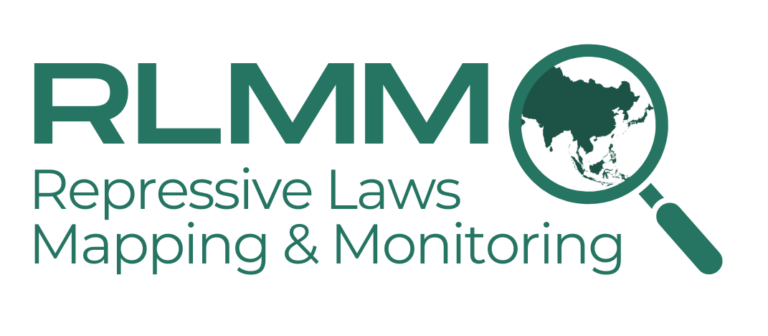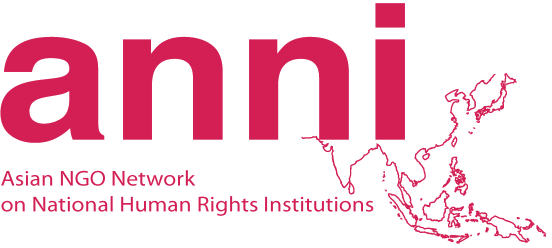In the second half of the Durban series, the obligations that states have agreed to will be explored. The Durban Review Conference is scheduled for 2009, but will states have progress to report?
Before the Decade dedicated to peace and children is complete, the United Nations General Assembly, at its sixty-first session in November 2006, recommended convening a Durban Review Conference (DRC) in 2009 (resolution 61/149). The Human Rights Council has been designated as the Preparatory Committee (Prep Comm) for the DRC. The review will be undertaken on “the basis of and with full respect for the Durban Declaration and Programme of Action (DDPA) and (on the basis) that there will be no renegotiation of the existing agreements contained therein; (and) will concentrate on the implementation of the DDPA, including further actions, initiatives and practical solutions for combating all the contemporary scourges of racism.” (A.HRC.RES.3.2) The Prep Comm held its first session 27-31 August 2007 in Geneva.
The review of the implementation of the DDPA is of significance to ethnic minorities and Indigenous Peoples as this document provides specific measures to combat discrimination, exclusion and intolerance due to race, colour, descent, language, religion, and national or ethnic origin. The DDPA contains the formal commitments made by States to adopt a primary responsibility of combating racism, racial discrimination, xenophobia and related intolerance. The Programme of Action encourages States to develop or elaborate upon, and implement without delay, national policies and action plans “to combat racism, racial discrimination, xenophobia and related intolerance, including their gender-based manifestations” (paragraph 66). Paragraph 172 urges States “to protect the national or ethnic, cultural, religious and linguistic identity of minorities within their respective territories and to develop appropriate legislative and other measures to encourage conditions for the promotion of that identity.…In this context, forms of multiple discrimination should be fully taken into account”.
Substantial provisions on discrimination against women, especially those belonging to the identified categories of victims, are included in the Programme. Paragraph 62 urges States “to take all necessary measures to address specifically, through policies and programmes, racism and racially motivated violence against women and girls”. The involvement of women in decision-making at all levels in working toward an end to discrimination is stressed in Paragraph 51. In the development of concrete measures, it calls for States “to incorporate race and gender analysis in the implementation of all aspects of the Programme of Action and national plans of action”. Paragraph 50 urges States “to incorporate a gender perspective in all programmes of action…and to consider the burden of such discrimination which falls particularly on Indigenous women, African women, Asian women, women of African descent, women of Asian descent, women migrants and women from other disadvantaged groups,”. The gender dimensions of poverty must also be taken in consideration by ensuring “gender analyses of all economic and social policies and programmes…to benefit those individuals or groups of individuals who are victims of racism, racial discrimination, xenophobia and related intolerance,” (Paragraph 52).
The Programme urges States to recognise that “sexual violence, which has been systematically used as a weapon of war…is a serious violation of international humanitarian law that, in defined circumstances, constitutes a crime against humanity and/or a war crime, and that the intersection of discrimination on grounds of race and gender makes women and girls particularly vulnerable to this type of violence, which is often related to racism, racial discrimination, xenophobia and related intolerance,” (Paragraph 54.a).
Part of the failure to address issues of discrimination is the difficulty of identifying victims because of lack of disaggregated data. States are urged “to collect, compile, analyse, disseminate and publish reliable statistical data at the national and local levels,” in order to adequately assess the situation of victims (Paragraph 92).
Action plans, which will be elaborated on in consultation with national human rights institutions and civil society, will be provided by the United Nations High Commissioner for Human Rights. This submission must include “other relevant materials on the measures undertaken in order to implement provisions of the present Declaration and the Programme of Action”.
The Third Committee of the UN General Assembly recommended in November 2006 that the General Assembly convene the Durban Review Conference in 2009 and simultaneously requested that the Human Rights council prepare for this event. HRC Resolution 3/2 in December 2006 reaffirmed that the Durban Review Conference will be undertaken on the basis of and with full respect for the Durban Declaration and Programme of Action and that there will be no renegotiation of the existing agreements contained therein. The Council also decided that it will concentrate on implementation, including further actions, initiatives and practical solutions for combating racism.
Ethnic minorities and Indigenous Peoples’ participation in the Durban Review Conference and its processes will help in assessing actual gains, weaknesses, effectiveness and gaps in administration, which will encourage State adherence to their commitments stipulated in the DDPA, especially in addressing the multiple discrimination that these groups often face.



